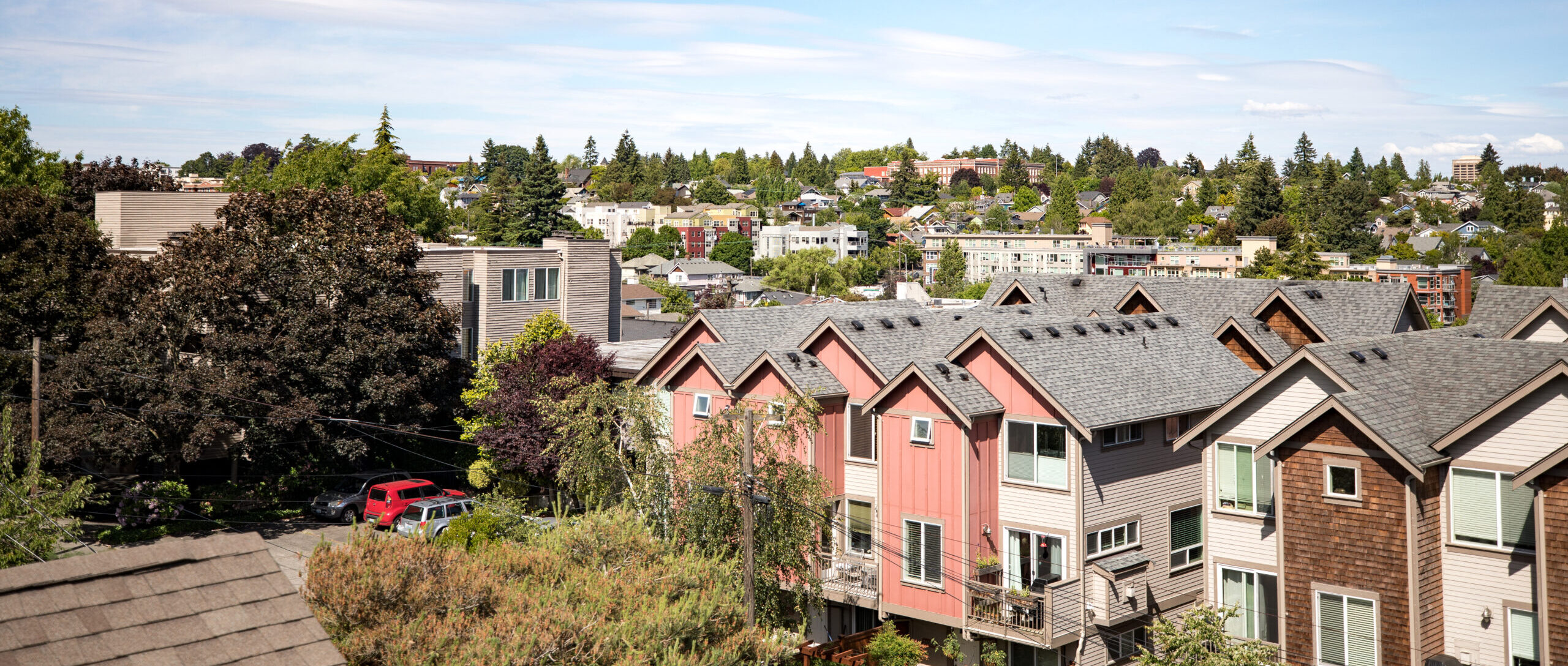Estimated $26.8 T U.S. CRE investable universe
- Institutional-quality represents $11.7 T (44%).
- Residential sectors dominate.
- Alternative sectors represent over 30%
WHY MEASURE THE INVESTABLE UNIVERSE?
The goal of this analysis is to supply financiers with a benchmark for the size and scale of the U.S. industrial property (CRE) market, individual residential or commercial property sectors and the "institutional" quality part of the market. Up to this point, published price quotes on the size of the commercial realty investable universe primarily concentrate on country-level global contrasts, taking a top-down method to estimate the size of the total industrial genuine estate market in each area. Existing literature does little to approximate the worth of specific residential or commercial property types, not to mention alternative residential or commercial property sectors. This report intends to fill this gap in the commercial real estate information landscape. Focusing specifically on the United States, this report takes a bottom-up approach, aggregating quotes for the size of private commercial real estate residential or commercial property types to arrive at a worth for the overall business realty market. This method allows for division in between traditional and alternative residential or commercial property types, along with the capability to estimate the share of "institutional" real estate by sector.
Just how huge is the U.S. business property market? Although a seemingly straightforward question, estimating the size of the marketplace is challenging for numerous reasons: lack of data and openness (particularly for smaller, less-liquid and traditionally tracked residential or commercial property sectors), the extensively varied nature of the series of investible residential or commercial property types, and inconsistent industry definitions/classifications.
This analysis tries to answer the concern through a two-step process: initially, approximating the gross property value of each residential or commercial property sector no matter ownership, occupancy, tenure, size, area, and quality. After reaching a price quote for the total size of each sector, the 2nd action is to use filters based upon assumptions for developing class, vintage, size and/or market to further narrow the investable universe to just include institutional properties - a subsegment of the investable universe that is restricted to residential or commercial properties that fit the common criteria of institutional financiers.
Sector sizes are estimated using the most trustworthy personal and public data sources for business property readily available, while also leveraging the knowledge and insights generated by Clarion and Rosen Consulting Group (RCG)'s experience in the market. For many sectors, the technique to calculating the total worth involves estimating the physical size of the sector, be it square footage, units, rooms, or beds; and integrating this with an approximated value based upon current transaction data. Less traditionally tracked residential or commercial property sectors require more assumptions to approximate market-level and still-fluid market meanings. For residential or commercial property sectors where square video or unit counts were not readily available, total value was estimated utilizing details from third-party data sources or insights from market participants.
OUR ESTIMATE OF THE INVESTABLE UNIVERSE

We estimate the overall size of the U.S. CRE investable universe to be $26.8 trillion.
However, from an institutional investor's point of view, this is an overestimate, as it includes residential or commercial properties that fall below typical institutional requirements for constructing size and quality. Similarly, this broad procedure of the CRE universe consists of a full series of geographies, including markets that are normally too little or insufficiently liquid for institutional financiers. As such, we filtered our investable universe value utilizing a meticulous series of presumptions to produce an "institutional" universe estimate. These filters differ by residential or commercial property sector and include building location, quality, age and size. Through this technique, the overall size of the institutional universe is estimated to be $11.7 trillion. Note, that this is over ten times the size of the largest industrial real estate index, the NCREIF Residential Or Commercial Property Index, (NPI).
We section the investable universe into 2 broad classifications: Traditional and Alternative residential or commercial property types.
TRADITIONAL RESIDENTIAL OR COMMERCIAL PROPERTY TYPES MAINTAIN A DOMINANT SHARE
" Traditional" residential or commercial property sectors, that include commercial, multifamily, office, retail, and hotels are valued at $16.9 trillion, representing 63% of the investable market. Of this total, 48%, or $8.2 trillion, is approximated to be of institutional quality. Within the $11.7 trillion institutional universe, traditional sectors then account for near to 70% of the total. With a worth of $2.6 trillion, apartments are the largest conventional sector, representing more than one-fifth of the institutional universe.
ALTERNATIVE RESIDENTIAL OR COMMERCIAL PROPERTY TYPES ARE A SUBSTANTIAL AND RISING COMPONENT

" Alternative" sectors, that include residential or commercial property types that have actually traditionally not been the predominant focus of institutional investors, account for the staying 37% ($ 9.9 trillion) of the investable universe and $3.6 trillion, or 31%, of the institutional universe. The alternative subsegment of the CRE universe includes the residential or commercial property types revealed below. Many listed REITs have actually been veteran players in the alternative sectors, but non-REIT financial investment has traditionally been limited. However, alternatives are an increasing share of institutional-investor portfolios.
There are 3 identifiable groupings within the alternatives subset of the institutional market:
THE RESIDENTIAL SECTOR IS THE LARGEST COMPONENT
The property alternatives organizing (inclusive of single-family rentals, student housing, age-restricted housing, and produced housing) is valued at $2 trillion, or 17% of the institutional universe. Within this group, the single-family rental sector (with 3.9 million houses) has actually the largest approximated value ($ 1.3 T), accounting for 11.5% of the institutional universe. The student housing sector is the next largest housing sector within the group, consisted of 2.4 million beds with an assessment of $277B, followed by age-restricted housing at $251B and manufactured housing at $165B. Combining the property alternatives organizing with standard houses results in the combined valuation of $4.7 trillion, making housing in a broader sense account for the lion's share (40%) of the institutional universe.

INDUSTRIAL AND ADJACENT SECTORS
Consisted of commercial outside storage (IOS) and cold storage warehousing, the industrial-adjacent group is valued at $187B, amounting to 1.6% of the institutional universe. Combining this group with the traditional industrial market results in a value of $1.5 trillion, or 13.1%, of the institutional universe.
HEALTHCARE SECTOR
The healthcare residential or commercial property types: life sciences, medical office, and elders housing, have a combined projected institutional value of $839B, equating to 7.2% of the institutional universe. With a worth of $413B, medical office represent near to half of the worth of the combined health care sector, followed by senior housing ($ 302B) and life sciences ($ 125B).
AN EVOLVING CRE LANDSCAPE
The CRE financial investment landscape is developing rapidly. Certain standard sectors, such as workplace and retail, have actually faced structural obstacles in the last years, reducing their overall share of the investable universe by worth; meanwhile, many alternative sectors have actually seen values increase significantly due to strong occupant and investor hunger. As a result, the share of capital streaming into the alternative sectors has increased substantially. Investments in alternative CRE sectors totaled up to $14.2 B in deal volume over the past four quarters, accounting for 16% of total CRE volume, well above the share since 2014 of 13%, according to MSCI Real Capital Analytics.
Institutional investor interest in the alternative sectors has grown as well. The share of the NCREIF Open-End Diversified Core Equity Index (ODCE) has increased from around 4% in 2017 to 12.9% as of 2024 Q2, led by financial investments in self-storage and life sciences - the largest alternative residential or commercial property sectors in the ODCE portfolio.
